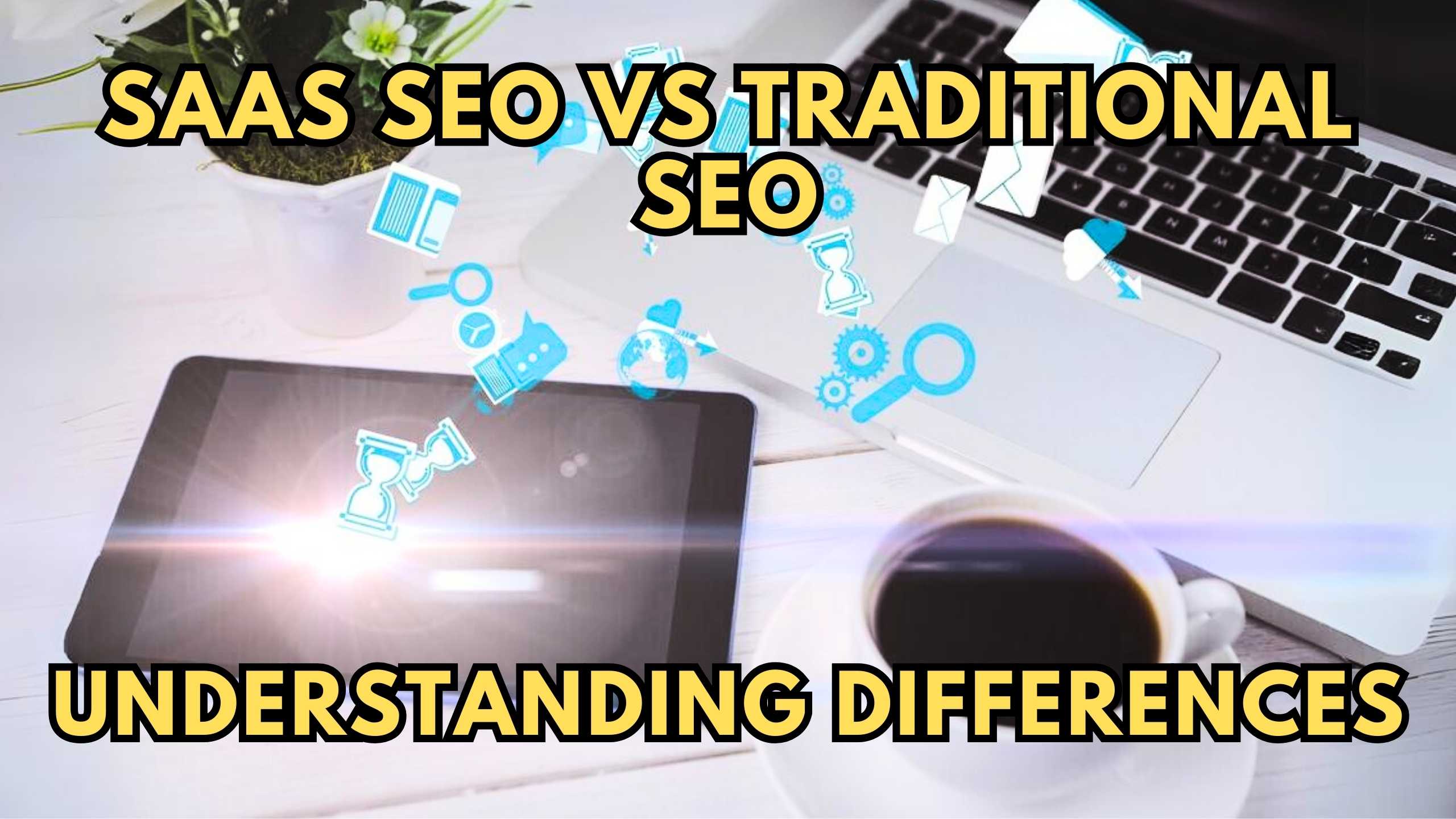SaaS SEO vs Traditional SEO: Understanding Differences
- Conversational Marketing Software SEO Software Affiliate Marketing Software Marketing Tools


SaaS SEO vs Traditional SEO: Understanding Differences
In the ever-evolving realm of digital marketing, Search Engine Optimization (SEO) plays a pivotal role in enhancing online visibility. However, as businesses navigate the complexities of the digital landscape, a distinction arises between SaaS SEO and Traditional SEO. Let’s delve into the nuances that set these two approaches apart.
Unraveling Traditional SEO
Traditional SEO revolves around optimizing websites to improve their search engine rankings. It primarily focuses on utilizing relevant keywords, creating quality content, and building backlinks to enhance a website’s authority. This approach is well-established and has been a cornerstone of digital marketing strategies for years.
The Rise of SaaS SEO
SaaS SEO, on the other hand, is tailored specifically for Software as a Service (SaaS) products. Unlike Traditional SEO, SaaS SEO involves optimizing not just a website but the entire user journey within a SaaS platform. This includes refining onboarding processes, improving user experience, and optimizing conversion funnels within the software.
Different Goals, Different Strategies
1. Keyword Targeting
Traditional SEO: Emphasizes targeting keywords related to products or services offered on a website.
SaaS SEO: Targets keywords relevant to both the software features and the problems it solves.
2. User Journey Optimization
Traditional SEO: Primarily focuses on driving traffic to a website.
SaaS SEO: Extends beyond the website to ensure a seamless user experience within the SaaS platform itself.
3. Content Strategy
Traditional SEO: Content is geared towards informing and engaging visitors on the website.
SaaS SEO: Involves creating content not only for the website but also for in-app education, tutorials, and user engagement.
4. Conversion Optimization
Traditional SEO: Aims to convert website visitors into customers.
SaaS SEO: Focuses on optimizing the entire user journey within the software to convert trial users into paying customers.
5. Metrics and Analytics
Traditional SEO: Measures website-centric metrics like bounce rate, time on page, and conversion rate.
SaaS SEO: Involves tracking metrics within the software, such as user activation, feature adoption, and customer lifetime value.
Recommended SaaS Products
- HubSpot provides a comprehensive suite of inbound marketing tools, including CRM, marketing automation, and sales enablement.
- SEMrush is an all-in-one marketing toolkit for digital marketing professionals, offering tools for SEO, PPC, content marketing, and more.
- Ahrefs is a powerful SEO toolset for backlink research, keyword research, competitor analysis, rank tracking, and site audits.
- Moz offers SEO software and tools to help businesses improve their online presence and visibility.
- Google Analytics is a web analytics service that provides detailed statistics and analytics for websites and is essential for both Traditional and SaaS SEO strategies.
Conclusion
While Traditional SEO remains fundamental for enhancing online visibility, SaaS SEO introduces a paradigm shift by extending optimization efforts beyond the website. For SaaS businesses, aligning digital strategies with the unique user journey within the software is imperative. Understanding these differences enables businesses to tailor their approach, maximizing the impact of both Traditional and SaaS SEO.
Elevate Your SEO Strategies with Subscribed.fyi!
Revolutionize your SEO game by exploring exclusive deals on a plethora of SaaS tools with Subscribed.fyi Deals. Sign up for free today to unlock savings on 100+ SaaS tools and gain insights into optimizing your SEO strategies.
Relevant Links:





